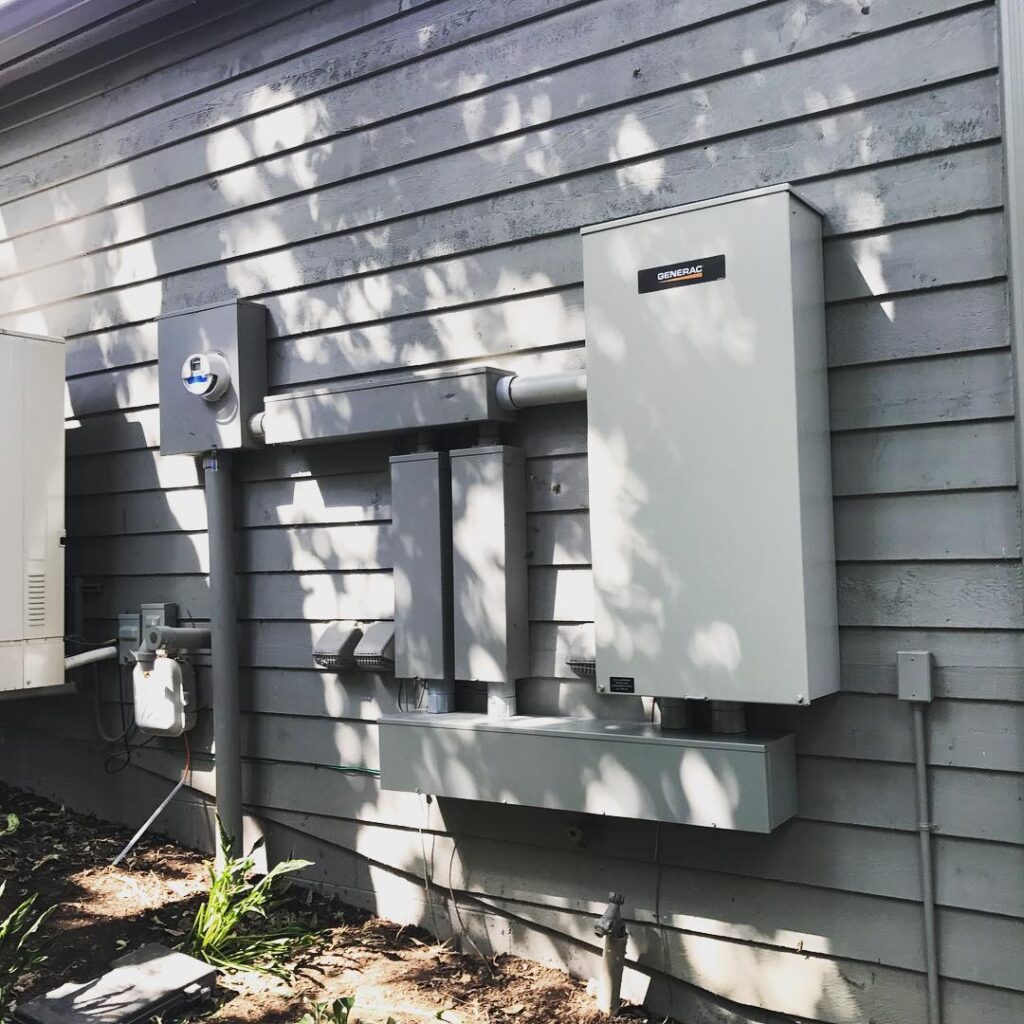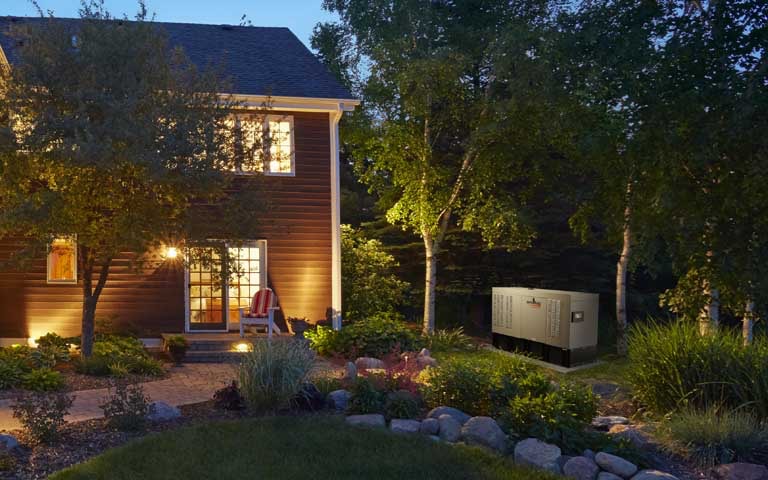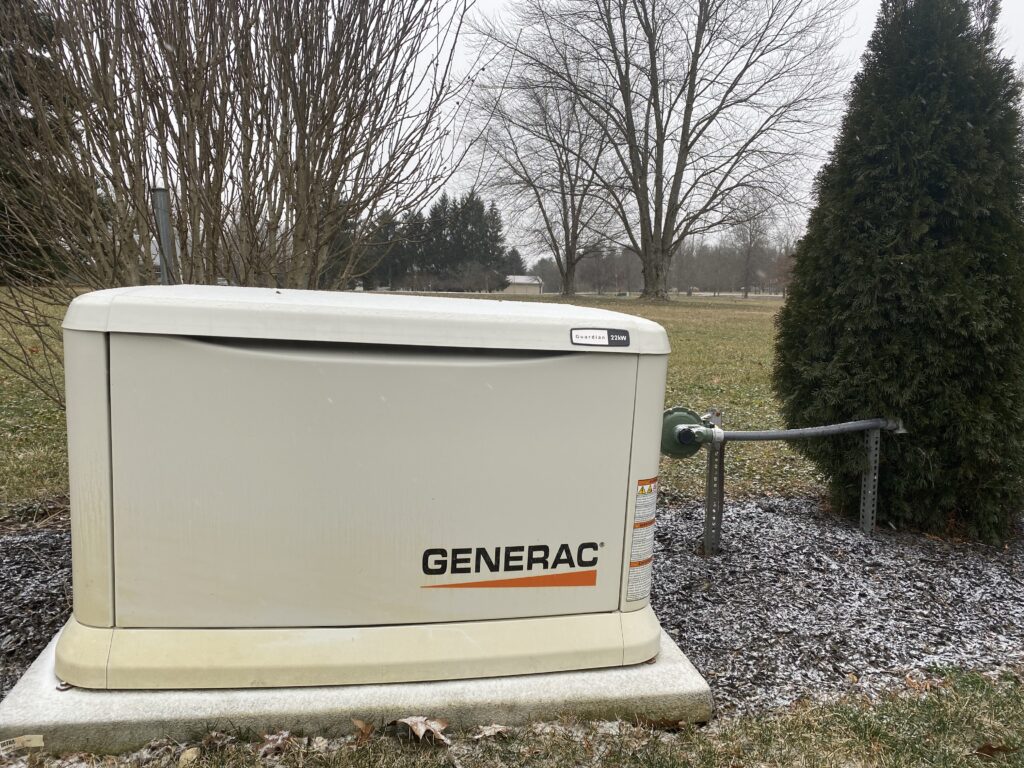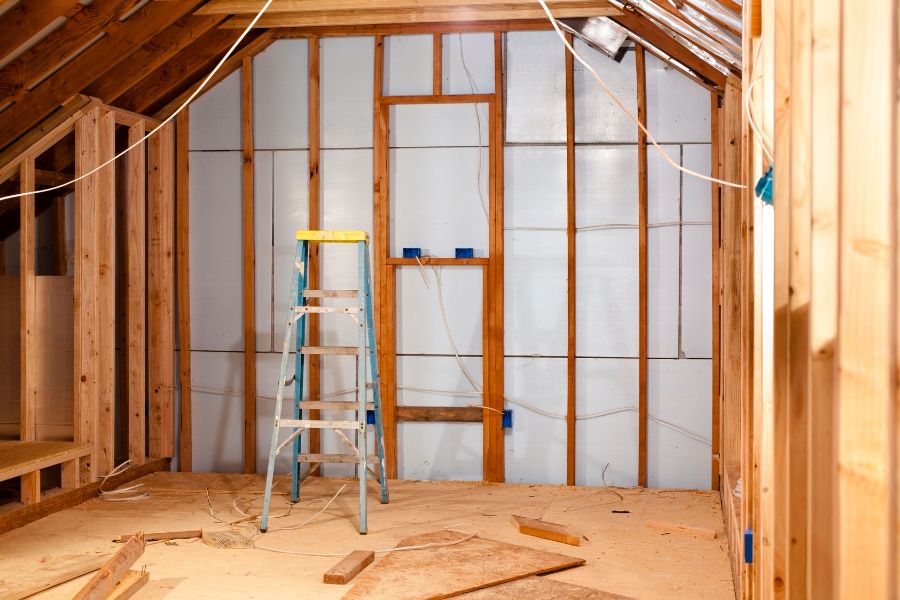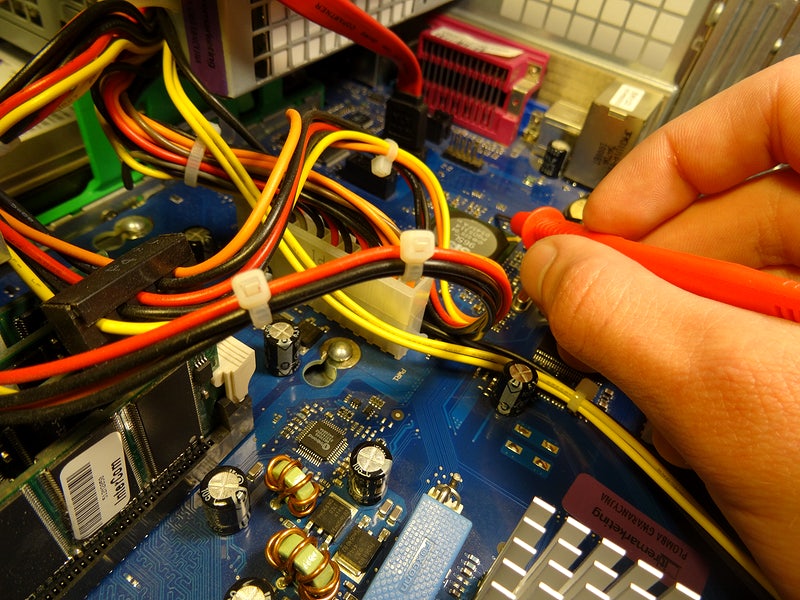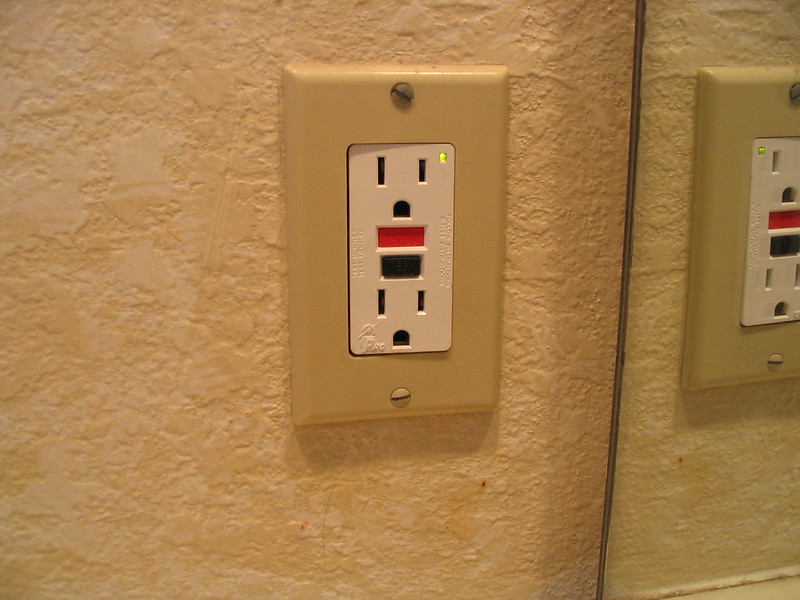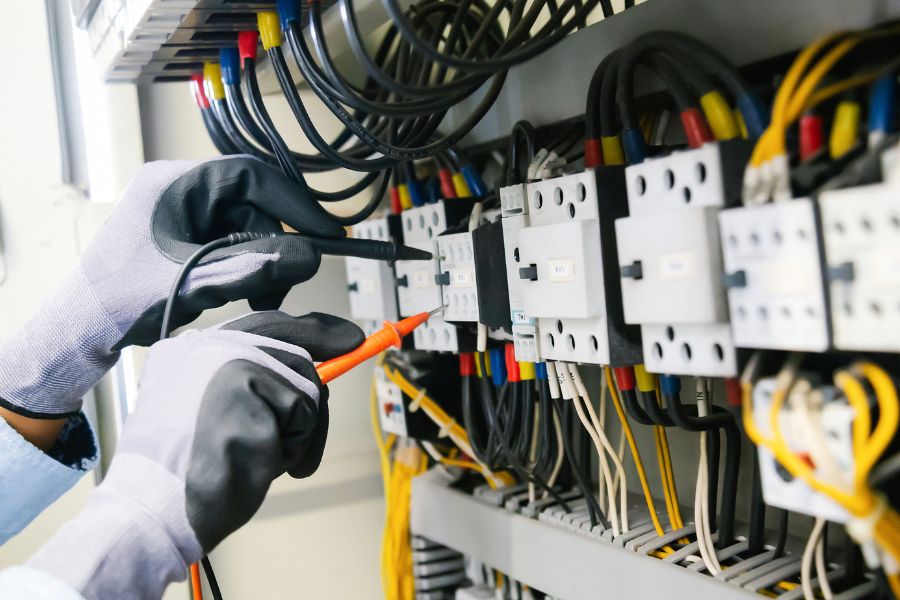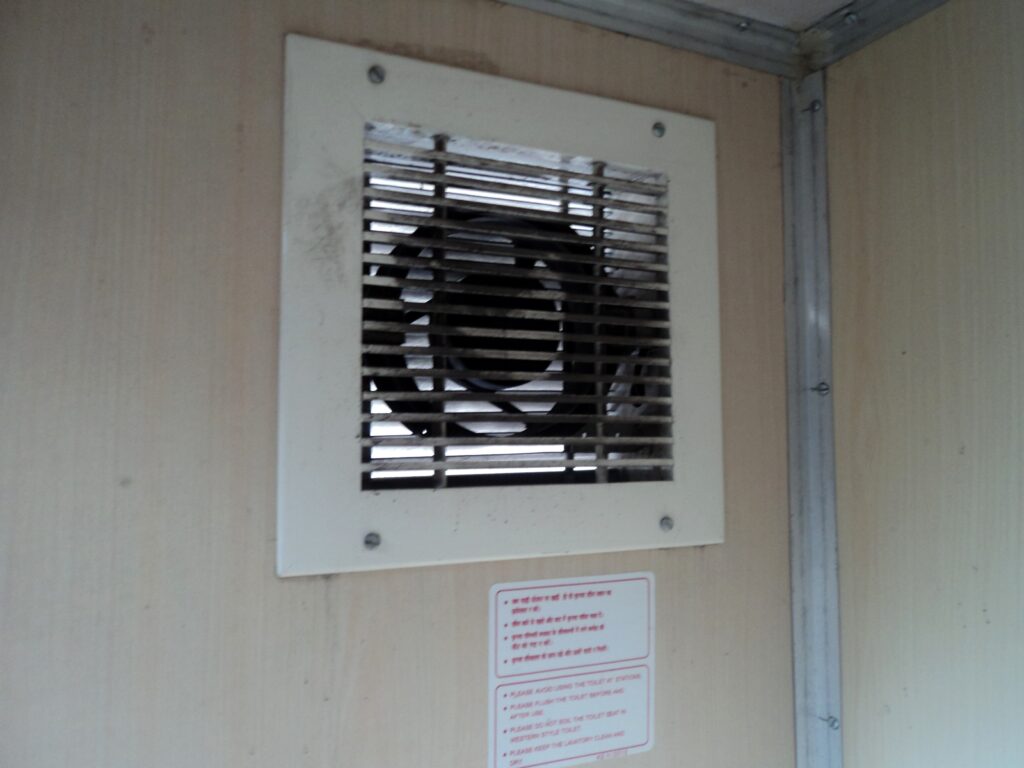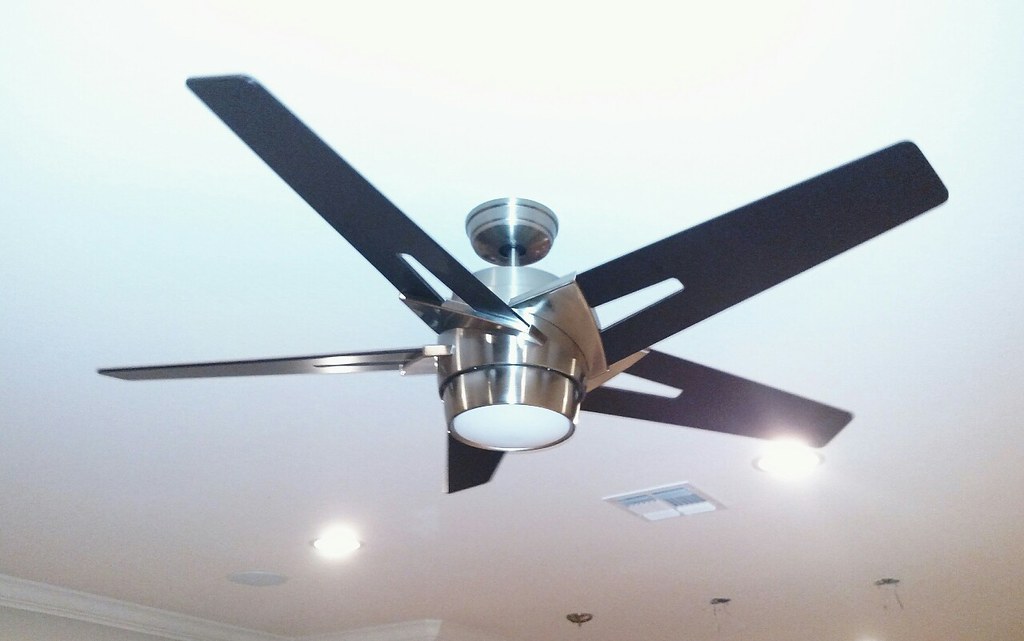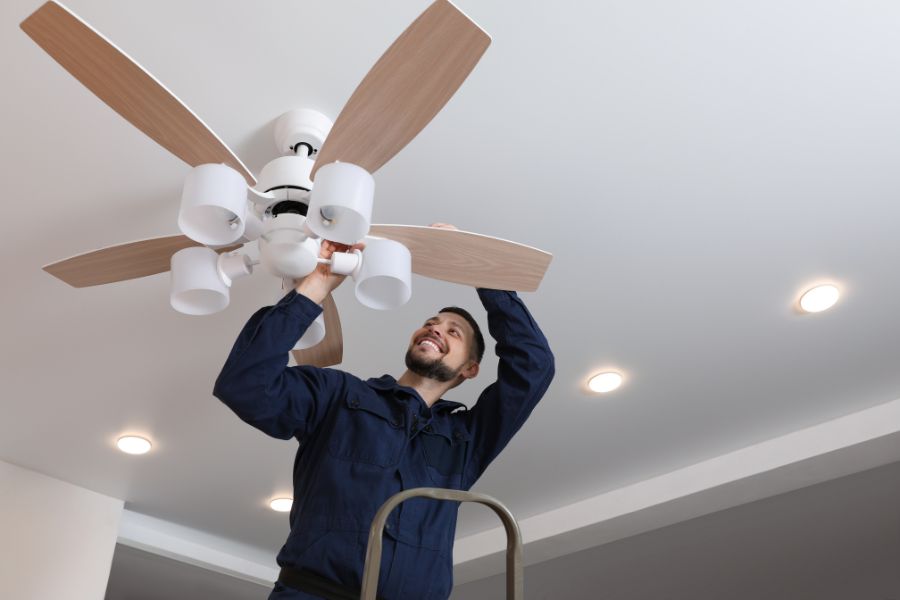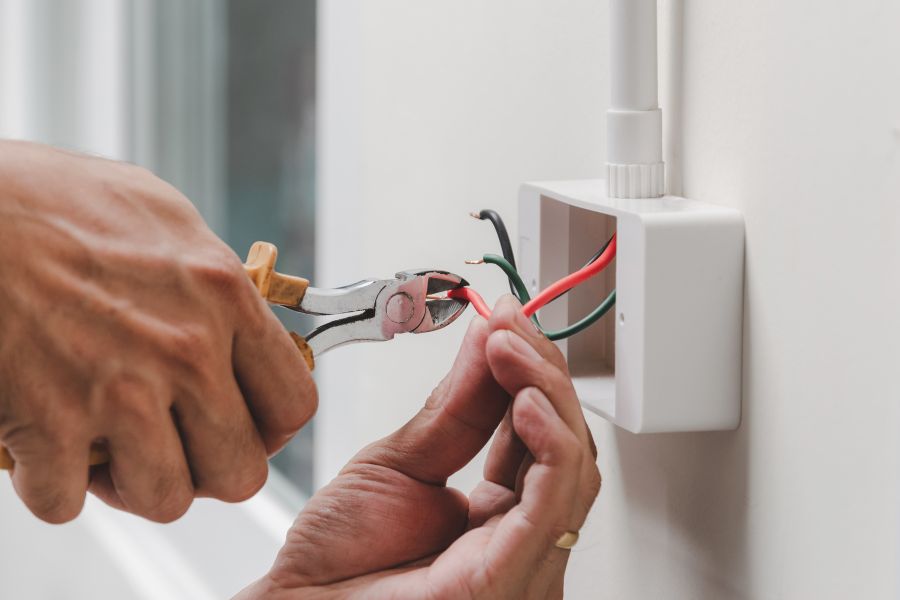How to Keep Your Backup Generator Running Smoothly
To keep your backup generator running smoothly, conduct regular maintenance to identify and fix issues early. Inspect air filter, battery, and coolant levels according to manufacturer’s guidelines. Monitor fuel levels, check for leaks, and test the automatic transfer switch periodically. Examine wiring, circuit breakers, voltage regulator, and battery health. Look out for leaks, strange noises, […]
How to Keep Your Backup Generator Running Smoothly Read More »
